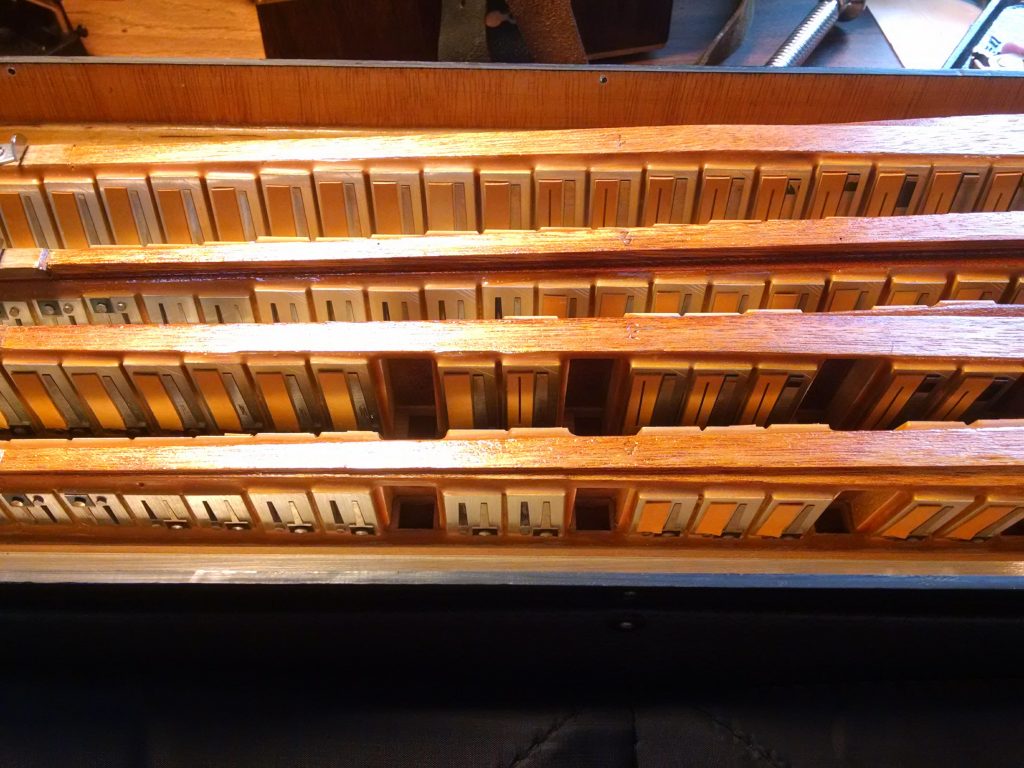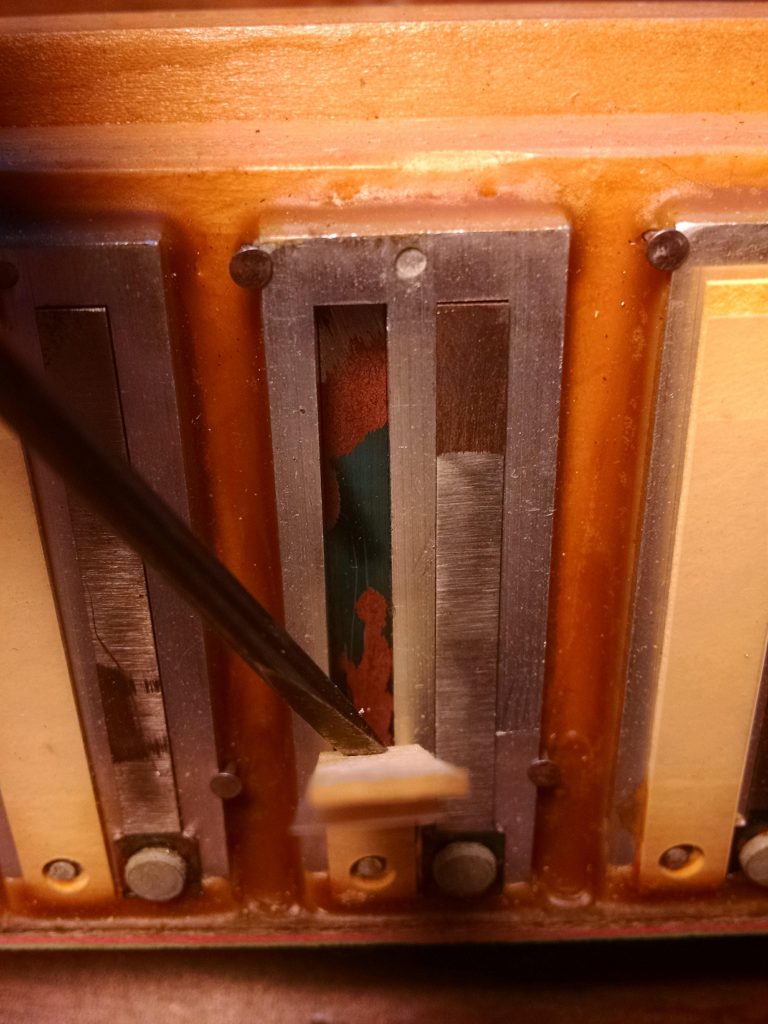An Accordion Tuning Manifesto
Your accordion is almost certainly out of tune. How do I know? When was the last time you had it tuned? If you are like most people, you’ve never had it tuned and, like the overwhelming bulk of accordions in the USA, it is more than 50 years old. This is because the once thriving American accordion market had all but collapsed by the 1970s, as rock and roll and the guitar came to dominate popular music.
Many people are surprised to learn that accordions can go out of tune. They may have been playing the same instrument for years with no clue as to how much better it could sound. I am convinced that most people who think they dislike the accordion have actually never had the opportunity to hear one that is in tune. Even people who like the accordion may have never heard one that is in tune. Like the wretched prisoners of Plato’s cave, they dwell in a impoverished shadow world, unaware of the potential of their instrument to sound genuinely, unironically beautiful.
Why Do Accordions Go Out Of Tune?
For many reasons. Every reed has a corresponding leather valve that keeps the air from flowing in the wrong direction. On old accordions, these are often dried up and curled back, resulting in slow response and a change in pitch. The beeswax/rosin mixture that holds the reed plates to the blocks may have dried up and begun to crack, causing the plates to become loose and the pitch to drop. The wooden reed block itself may have become warped, causing air to escape from the base of the block, again effecting pitch. Even if leathers, wax, and wood are all perfectly fine, years of fluctuating temperatures may have weakened the rivets holding the steel reeds to the aluminum plates. Also, if the accordion has been kept in any sort of damp environment (like a basement or all of New Orleans) there may be rust on the reeds themselves, which increases the weight of the reeds and, again, changes the pitch. Even a damaged register switch mechanism can cause an accordion to go out of tune if the register slides are not opening fully.
Okay, But Why Is Accordion Tuning So Expensive?
Your accordion most likely has between 260 and 448 individual reeds, depending on whether it is a student or professional model, or something in between. If it has not been tuned since its birth in the factory 60 years ago, it’s likely that the majority of these reeds will need some attention. Accordions are tuned by precisely filing or scratching the reeds, a laborious process that can take more than 10 hours for an old, unmaintained instrument. And this reed filing is actually the last step. First, any of the aforementioned problems with leathers, wax, rust, etc, must be dealt with before the actual tuning can begin.
Dang, That Sounds Like A Lot. Can’t I Just Keep Playing It Out Of Tune?
That’s fine. I don’t want to tell you how to live your life. Though I am struck by how many people want me to restore their accordion to basic functionality, but stop short of having it tuned. Remember, this instrument is your voice. Personally, I would find it unbearable to have a perpetually out-of-tune voice, like trying to speak with damaged vocal cords. It is an investment, but the good news is that accordions don’t need to be tuned nearly as often as most other instruments. For a casual player, every 10 years or so should suffice. Serious professionals may need a spot tuning a couple of times a year. You’ll feel like practicing more. Other musicians will want to play with you. You’ll be more popular and attractive. And you’ll be doing your part to resurrect the reputation of our misunderstood and maligned instrument.
Damn it, just get your accordion tuned already!

Bass reeds in good condition. The scratches and file marks from tuning can be clearly seen.

Treble reeds in good condition.

Reeds in poor condition. Before tuning can begin, the reeds must be removed from the block, cleaned, and all old wax, leathers and rust removed. They then must be re-leathered (the current practice is to use plastic valves for the higher reeds, which last longer than leather, and leather reinforced with plastic for the low reeds) and reattached to the reed block with new wax. This process takes 3-5 hours per reed block, depending on whether there is rust that must be removed, so anywhere from 20 to 35 hours for a full-size 4/5 reed accordion.

Rusty reeds.

Leathers in poor condition. Often, even if the wax is okay, it makes sense to replace it anyway if the leathers are bad, because replacing the leathers on the inside of the reed block without removing the reeds is very time consuming, like building a ship in a bottle. Once the reeds have been removed, it is much easier to replace all the leathers.
